How Soon After Surgery Can You Use Red Light Therapy?
Introduction
Red light therapy (RLT) has become the talk of the town recently due to its therapeutic benefits and perks. It is a non-invasive procedure that requires the usage of red/ near-infrared light in order to stimulate different cellular processes within the human body. Its practical applications cover a broad spectrum of health areas, including skin rejuvenation, wound healing, and pain process.
One specific RLT aspect is that it has generated keen interest in its benefits in post-surgery recovery. Before delving into the specifics of 850 nm red light therapy and 660 nm red light therapy, you should consult your healthcare provider before starting any new post-surgery treatment regimen.
In this discussion, Bontanny is going to explore RLT timing, its post-surgery application, and all the factors that tend to influence it after it is safely and effectively introduced to help in the healing process.
Understanding Red Light Therapy
Red Light Therapy, commonly known as RLT, is a kind of non-invasive specific therapeutic technique that involves skin exposure and overall body to relatively low-level red or nearly red-infrared light. This specific therapy form is deeply rooted in photobiomodulation principles, which have specific light wavelengths in order to stimulate different cellular processes happening within the human body. As different kinds of light therapies are available on the market, LED Light therapy generally utilizes red or near-red infrared light as their distinct, unique biological effects.
Red light therapy is different from other available light-based treatments, like UV therapy, but it can have harmful effects on bare skin. But, RLT harnesses overall healing properties regarding distinct light wavelengths, plus there will be no damage to the skin. RLT has applications in different health areas and wellness fields, like dermatology, wound healing, and pain progression.
● How Does RLT Work?
RLT works via an action mechanism by targeting cellular structures, specifically mitochondria, which is the essential energy-producing cell hub. When these are exposed to any red or nearly red infrared light, mitochondria tend to become active, which also boosts the energy production by cells. This pump in energy aids to benefit various cellular processes within the human body.
At the basic cellular level, LED Light therapy pumps adenosine triphosphate (ATP) production, by which all of the molecular cells are responsible for transporting energy in cells. This not only boosts ATP production but also supports cell regeneration, cell repair, and overall function. In the discussion related to skin health, RLT showcases collagen production, improved skin texture, and fewer wrinkles.
Also, RLT tends to demonstrate wound healing efficiency in various areas. It enhances cellular activity by promoting the supply of various growth factors. It also accelerates the wound-healing process within the human body. Due to its miraculous facilitation in natural body healing processes, it has become one of the primary clicks for specific post-surgery recovery. It also helps to minimize body scars.
Setting up red lights for bedroom creates a convenient and comfortable environment for these sessions. However, waiting for your surgeon's green light before incorporating red light therapy at home is essential to ensure it aligns with your specific needs and recovery timeline.
The Healing Process After Surgery
Phases of Wound Healing
Post-surgery wound healing is a complex yet dynamic procedure that generally takes place in 3 phases:
1.Inflammatory Phase:
The first one is the initial phase, and it begins just after surgery. It usually lasts for several days. During this particular phase, the human body’s natural defense procedure is taken into account.
The body's blood vessels start to constrict in order to have controlled bleeding; in this regard, the body’s white blood cells start to rush out of the site to the wound area in order to ward off any infection.
Inflammation happens to be a crucial part of any healing process. Usually, it clears debris and then prepares a human wound for all of the coming stages.
2.Proliferative Phase:
After the inflammatory phase is over, the human body enters into the active proliferative phase, which generally lasts for over a few weeks. Within this phase, body cells start to evolve into tissue repair, like fibroblasts or keratinocytes, then multiply and migrate directly to any wound site.
Collagen production within the body increases and helps to make an over-structural framework specifically for new tissue. The Blood vessels in the body also start to build in the area in order to supply particular nutrients with oxygen for the sake of healing tissue.
3.Maturation Phase:
After all of the happenings of wound healing, also called the maturation phase, it extends for months or sometimes to years in post-surgery. During this particular phase, these newly formed cell tissues start to remodel and then strengthen. The Collagen fibers start to gradually reorganize in order to strengthen the durability of cell tissues, and then the scars become less and less noticeable with time.
Factors Affecting Post-Surgical Recovery
Various factors significantly influence the recovery process during and after surgery. The following factors are included:
- Age: Many Young individuals repeatedly experience much faster and more robust wound healing as they have high metabolic rates with much more tissue regeneration capacity. Conversely, many older adults might face relative burnout recovery and relatively boosted susceptibility to complications.
- Nutrition: Proper nutrition plays a pivotal role during post-surgery recovery. Important nutrients like vitamins, proteins, and minerals pertinent to tissue repair along with immune function. Even Malnutrition leads to impairment in the healing process.
- Underlying Health Conditions: Already-existing health problems, like diabetes, heart issues like cardiovascular disease, and autoimmune disorders, can influence the human’s body's best ability to recover. Managing all of the existing conditions more effectively is crucial in order to enjoy a smooth recovery.
- Lifestyle Factors: Lifestyle choices like smoking or limitless alcohol consumption might slow down wound healing and boost potential risk complications. Particularly, smoking tends to slow down high blood flow to cell tissues, which ultimately improves the healing process.
- Medications: A few medications that mainly work to thin blood may reduce the process and boost the potential risk of bleeding following surgery. Therefore, it is crucial for healthcare workers in order to manage medication quite carefully.
- Surgical Technique: Varying surgical approach along with the surgeon’s skill also boosts influence recovery. Various minimally invasive techniques often result in rapid recovery with reduced scarring as compared to open surgeries.
It's important to understand present factors with interactions that are crucial for many different healthcare professionals, especially when one is planning post-surgery care. Moreover, incorporating therapies like red light therapy used into the recovery process might generate many benefits in order to support and accelerate the human body's natural healing.
Red Light Therapy Benefits: Post-Surgery
Accelerated Wound Healing
Red light therapy (RLT) provides many benefits that directly help in the surgery recovery process, such as:
- How red light therapy device reduce the inflammatory response: RLT is one of the proven processes to modulate the inflammatory response in the body. The inflammation would be less, and RLT tends to reduce body pain and inflammation near particular surgical sites. These kinds of anti-inflammatory properties are designated to inhibit particular inflammatory molecules and boost the generation of anti-inflammatory cytokines. By slowing the inflammatory response, RLT has the capacity to promote an efficient yet controlled healing process.
- Stimulation of collagen production: Collagen has proved to be a key component in tissue repair along with wound healing. RLT inhibits the ability to generate collagen production within the body’s skin; it's known to be essential for specific tissue regeneration and specific strong, healthy scar formation. Boosted collagen synthesis contributes to good wound closure with great overall healing outcomes.
Pain Management
Red light therapy device can also play a significant role in the management of pain in the surgery process:
- RLT's role in reducing postoperative pain: after-surgical pain is a quite common concern for individuals. LED Red Light therapy has proven to show a bright reduction in pain and discomfort. The phenomenon works by boosting endorphin production; these are known to be the body's natural painkillers. Moreover, RLT not only relaxes muscles and causes less strained muscle spasms, but it further alleviates post-operative pain. This kind of non-invasive painless approach can be called a valuable contribution to more traditional pain-reducing methods and works wonders by keeping the need for opioid-based medications within the mediocre level.
Reduced Scarring
One more prominent RLT advantage after post-surgery is its chances to reduce scar formation:
- How RLT can minimize scar formation: unnecessary scarring, specifically keloid or what you can call hypertrophic scarring, becomes a concern during surgery. The ability of RLT to boost production by causing the collagen to remodel often contributes to fewer or more prominent scars. It not only encourages healthy collagen production but also tends to minimize the excessive buildup of any scar tissue; RLT assists patients in achieving relatively better aesthetics along with functional results in post-surgery.
When to Start RLT After Surgery
Immediate Postoperative Period
When there is a start to the immediate postoperative period, it is recommended to start red light therapy or (RLT), but the approach should be with caution. The RLT has its benefits, but many risks might occur, especially if RlT is applied too early, immediately after surgery. Immediate post-operative may include:
- Potential risks and benefits: Application of red light therapy device immediately post-surgery might cause potential risks, the wound site might be in the initial healing stage, and ultimately, the skin will become sensitive. In rare cases, light exposure during therapy starts to cause irritation or discomfort.
But, there can be an advantage in terms of pain management and reduction of inflammation. The decision to use LED Red Light therapy during this period should be made in consultation with the surgical team to ensure it aligns with the specific surgery and the patient's condition.
Short-Term Recovery Phase
As the patient dives into rather short-term recovery, which typically lasts for a few days to a maximum of weeks after the whole surgery, the designated timing and RLT frequency sessions will automatically become much more ideal:
- Ideal timing and frequency of RLT sessions: The short-lived recovery phase would be the much-suited time to start infrared light therapy. During this period, complications and other potential surgical site risks would decrease, and the body would automatically transition from the inflammatory to the next proliferative healing phase.
The procedure of RLT should ideally be administered with an advisory recommended by healthcare service providers. It's expected that the process would involve many short sessions, entirely depending on individual needs.
Long-Term Recovery and Maintenance
Not only the immediate or any short-term recovery phases, but the RLT procedure also plays a pivotal role in keeping skin health in the right shape and preventing further complications:
- Using infrared light therapy to maintain skin health and prevent complications: If we take into account the long-term recovery or any ongoing maintenance, the RLT procedure can be integrated in order to support overall skin health by minimizing the complications that can occur, such as unnecessary scarring or prolonged wound healing.
With Regular RLT sessions, advised by healthcare, the collagen remodeling will be enhanced, and many other positive effects will be achieved just after the initial recovery phases.
Precautions and Considerations
Many Surgeries involve sensitive areas or tissue manipulation, with relatively higher infection risk. This may require a waiting period that is long and tedious. But. The final decision should be taken only after consulting the surgical team's recommendations, as they are the only ones that can assess these types of specific surgical sites with the readiness for preferred light therapy.
Potential Side Effects of RLT
All types of patients should be well aware of side effects that might occur on being on RLT:
- Redness, warmth, and other considerations: Post RLT sessions, a few individuals might experience little to mild side effects like temporary redness or itching during the treatment. These effects are termed mild but are important to monitor. If unexpectedly any kind of severe reaction occurs, it's crucial to consult a doctor or healthcare professional.
Consulting with Healthcare Professionals
Perhaps the most critical consideration is consulting with healthcare professionals before starting RLT:
- The importance of individualized advice: RLT application decision after surgery is ideally to be made in consultation after discussing it with a surgical team or team of qualified healthcare service providers. They professionally assess the specific patient's case, the type of surgery performed, and the patient's overall health to provide personalized advisory over the RLT application along with its optimal use. This particular individualized approach guarantees the best outcomes with minimal risks.
Case Studies
Successful Use of RLT Post-Surgery
Many Real-life studies tend to demonstrate various successful applications of RLT in particularly post-surgery recovery sessions. Those Patients who tend to follow individualized advice and then incorporate it into their infrared light therapy device procedure in the after-recovery process certainly experience boosted wound healing, less pain, and less scarring outcomes. These after-surgery success stories showcase all of the RLT potential benefits when used under the right circumstances.
Situations Where RLT Was Not Advised
There are situations where RLT might not be the best advice to integrate immediately after fresh surgery. There should be Cautionary tales to be highlighted in instances where particular premature or, you may call, inappropriate usage of RLT may further lead to various discomforts.
Following cases might underscore the necessity of careful consideration and much-needed consultation with healthcare service providers, which is why it's important to adhere to guidelines while considering the RLT procedure integrated within post-surgical care.
Conclusion
RLT holds a significant position for valuable adjunctive therapy, especially in post-surgical care. It's important to boost wound healing or manage pain. Also, pain reduction or scarring will be significantly useful for the affected person’s recovery experiences.
RLT timing can be guided via individual assessment or consultation to align with healthcare professionals. Many Real-life case studies tend to illustrate the successes and necessity of exercising caution, especially when integrating RLT within post-surgery recovery.
Are you thinking of buying a red light therapy device? We at Bontanny offer you a range of options to choose from. One of our popular products is the Moving Pro Series Red Light Therapy Device with Stand. It offers unparalleled optics, a timer, mode switching, and a versatile stand.
If you're interested in purchasing a red light therapy device, Bontanny offers a range of options to choose from, including free-standing floor models, table stands, and portable units.

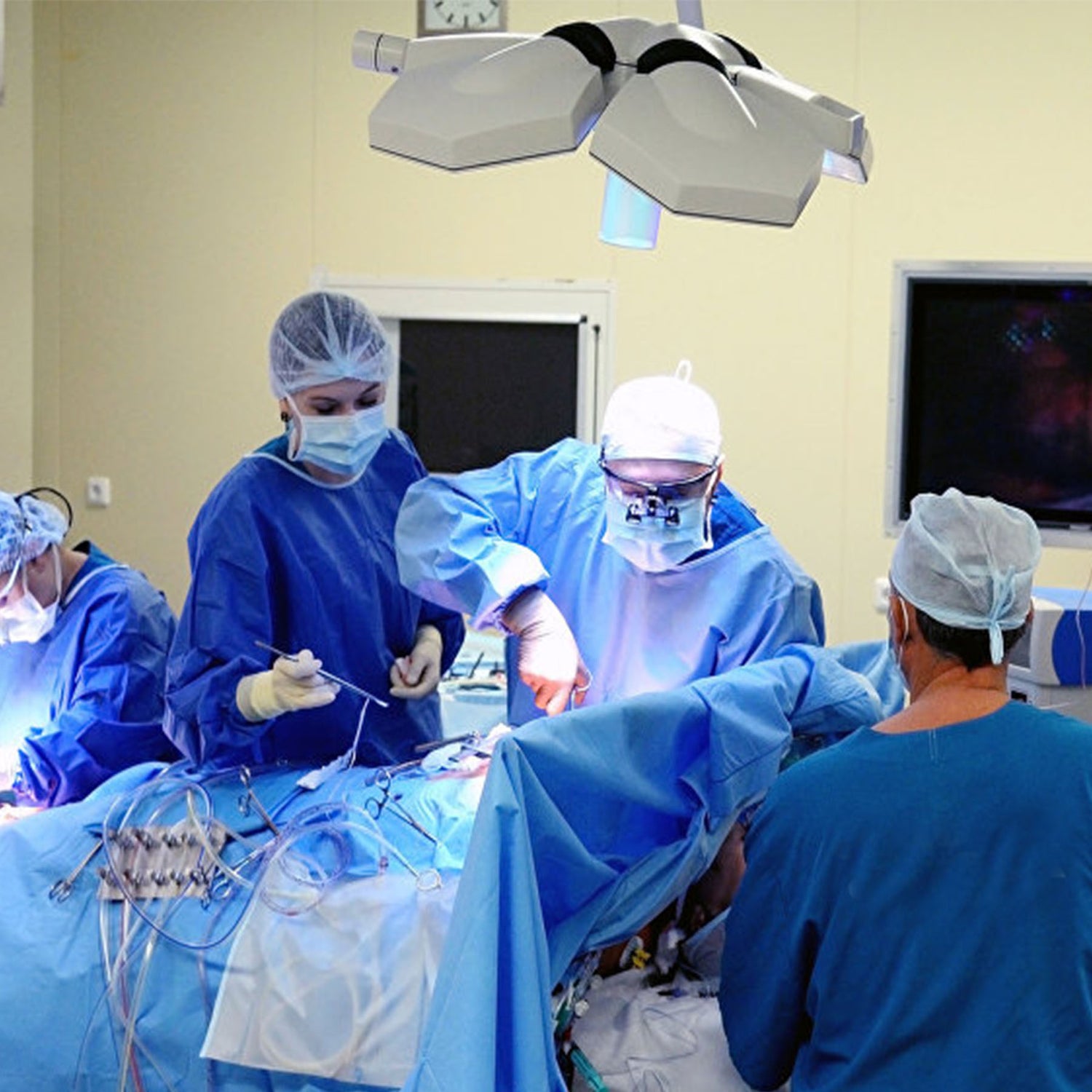


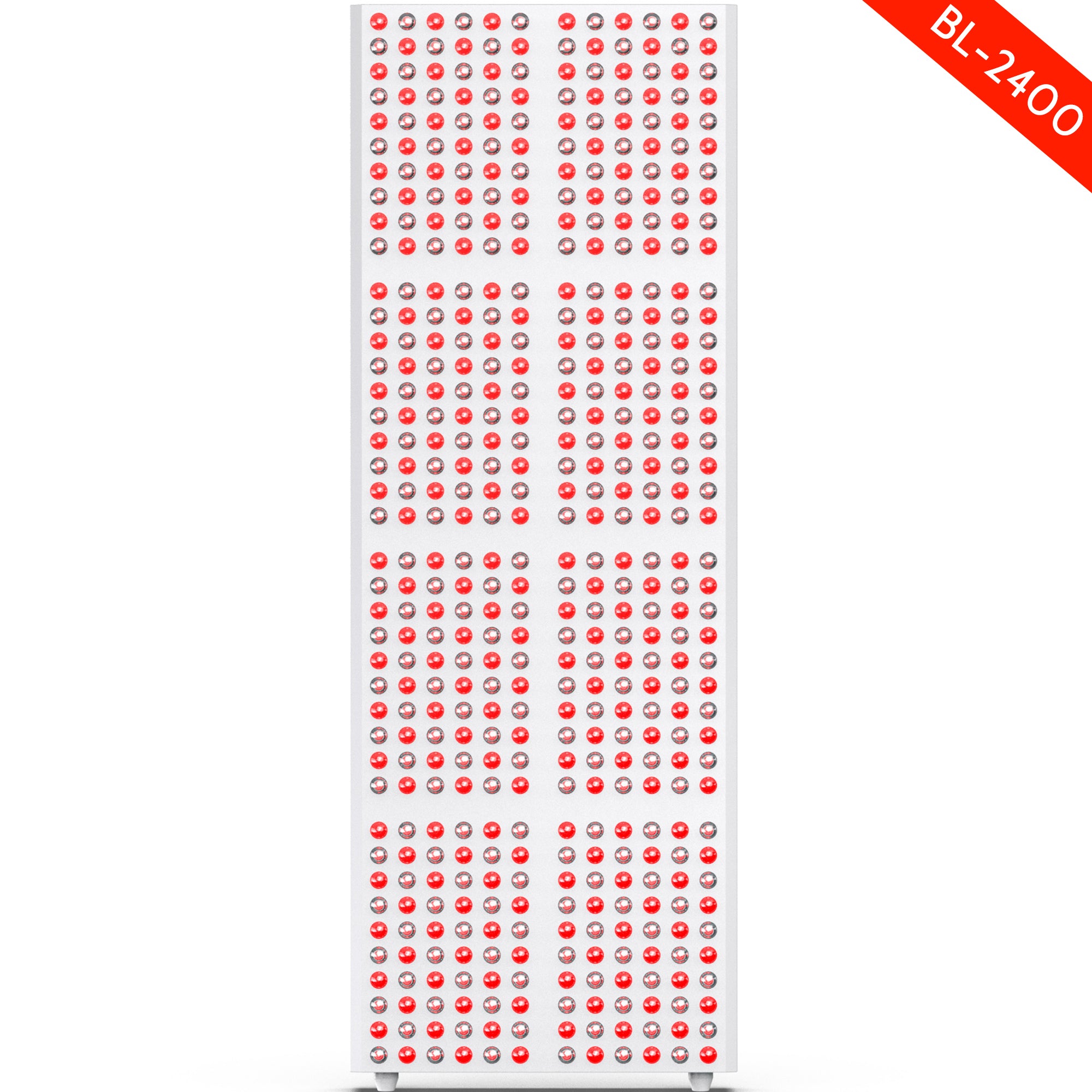
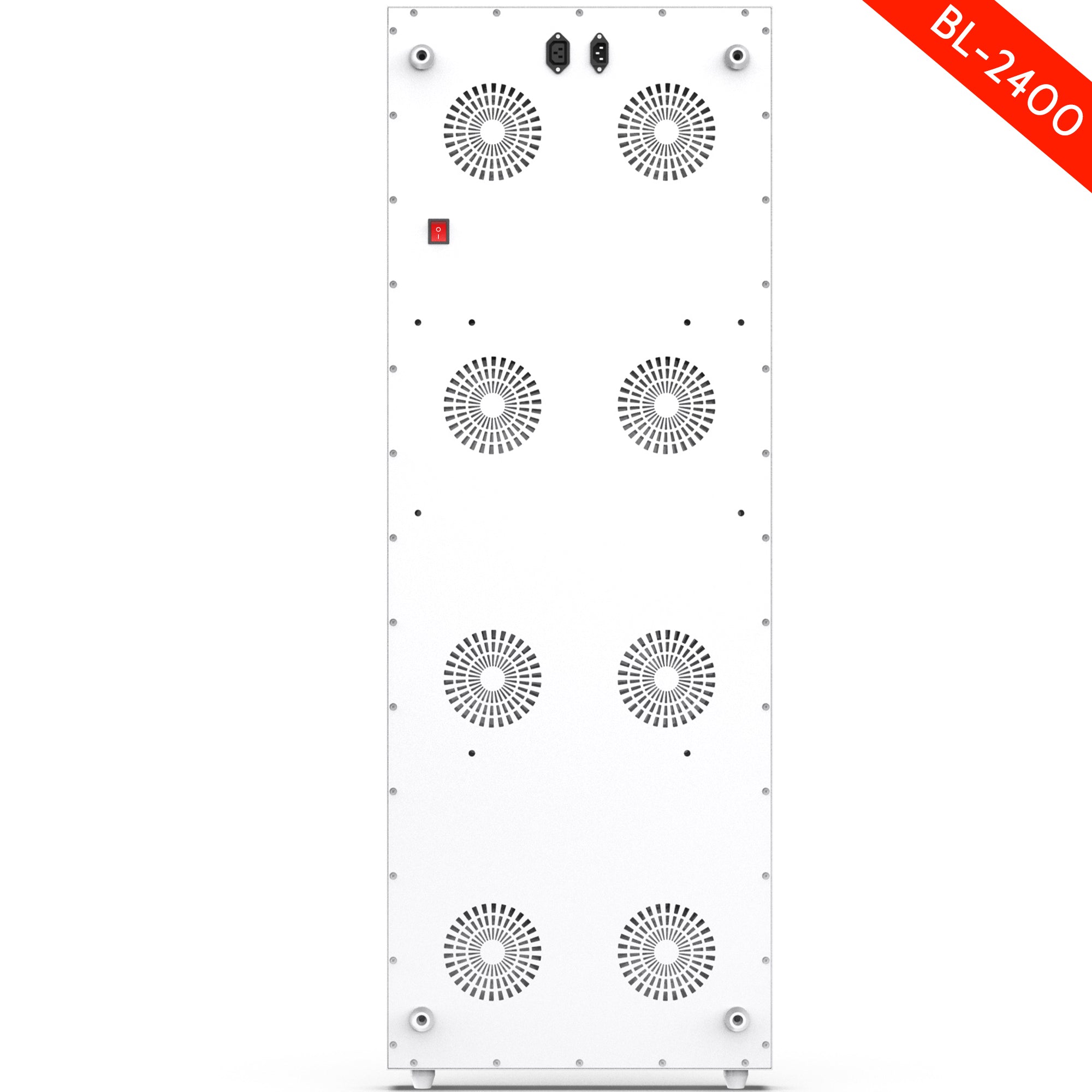
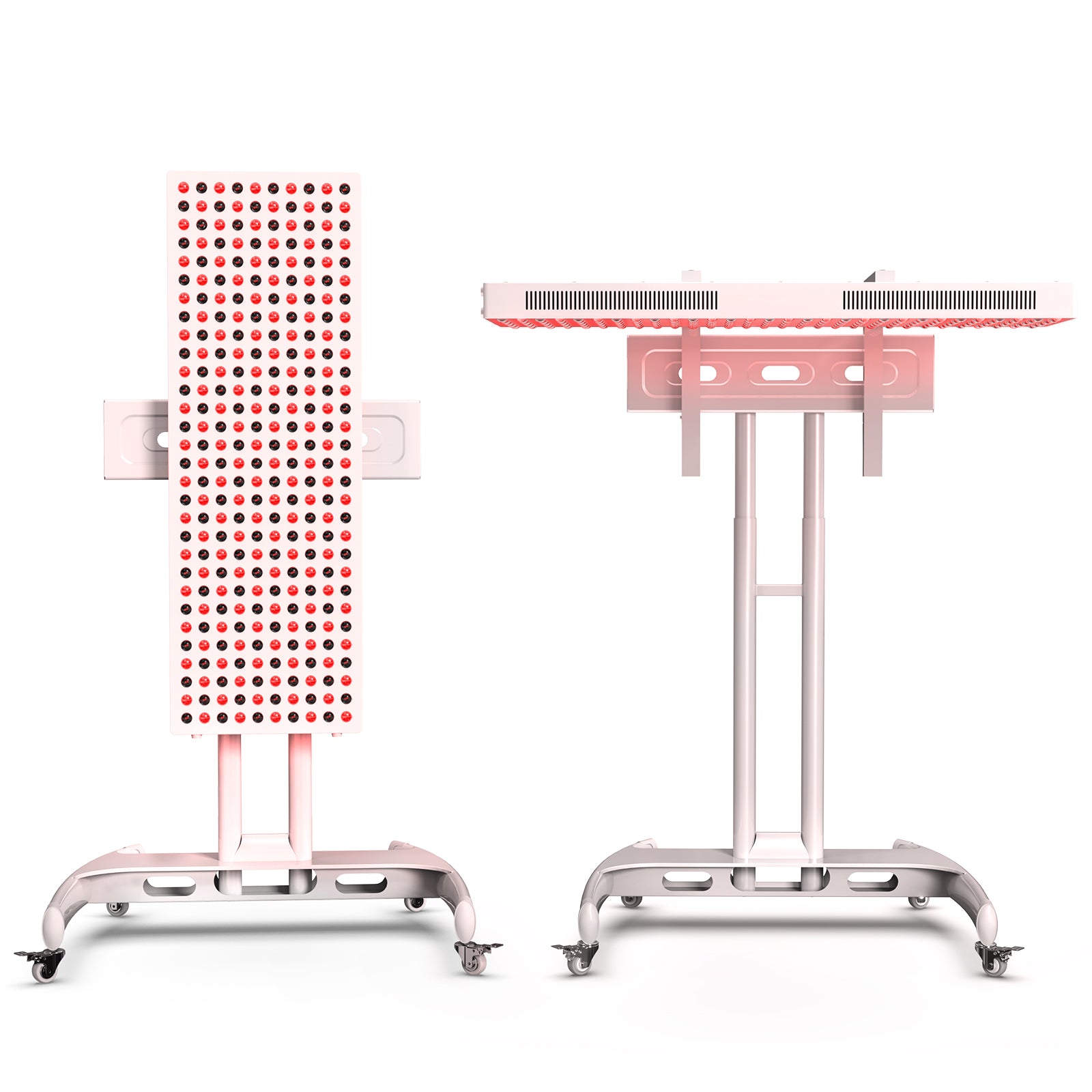

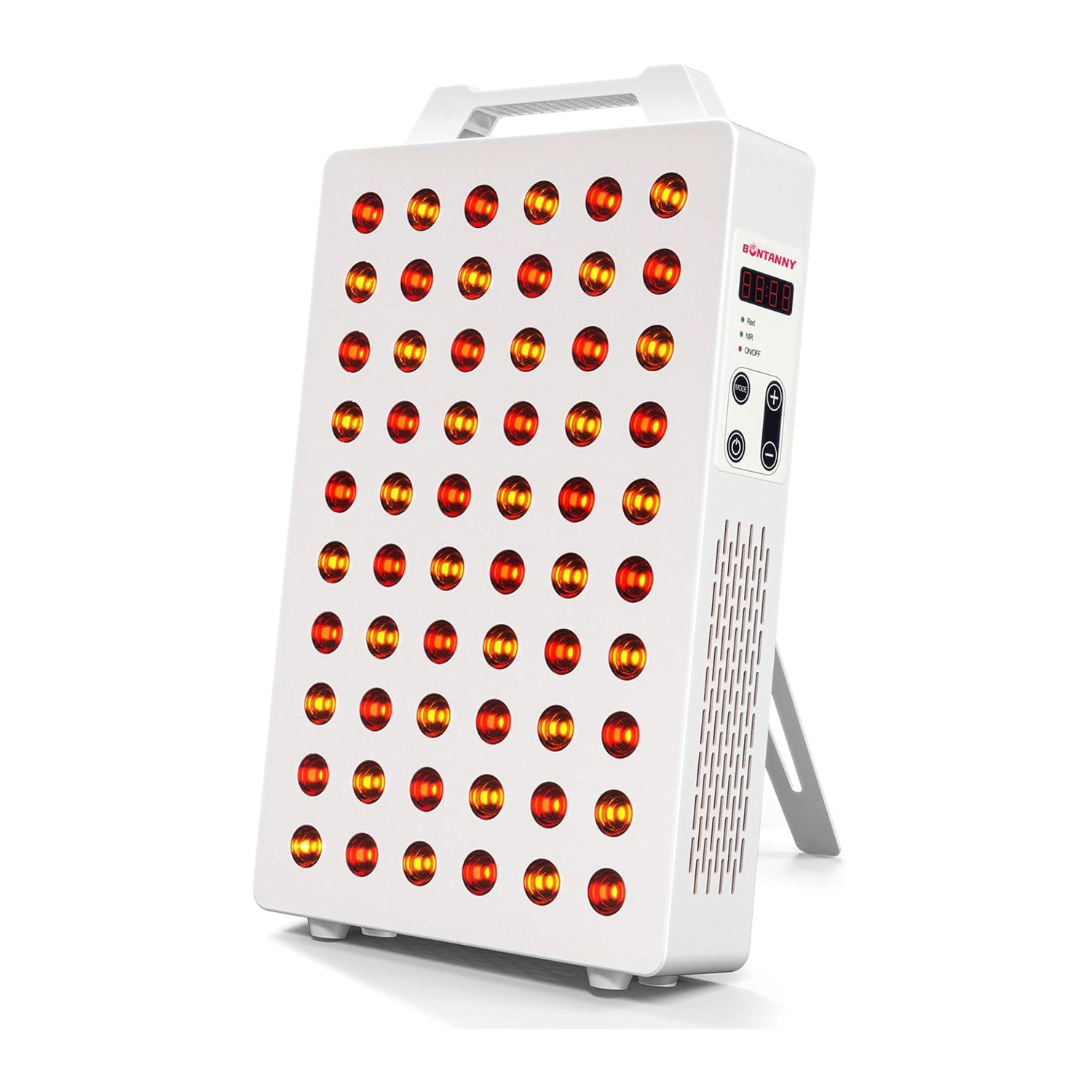
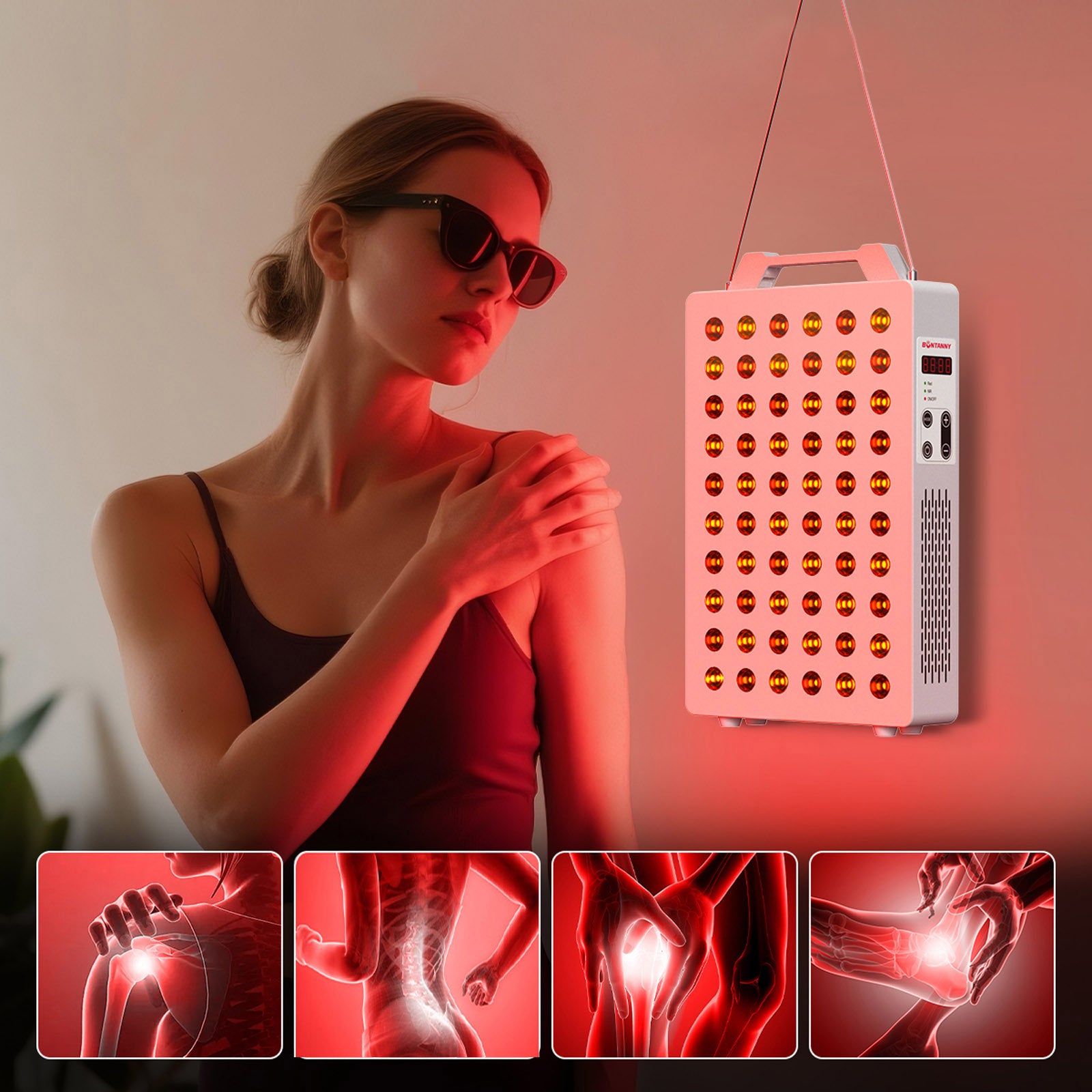
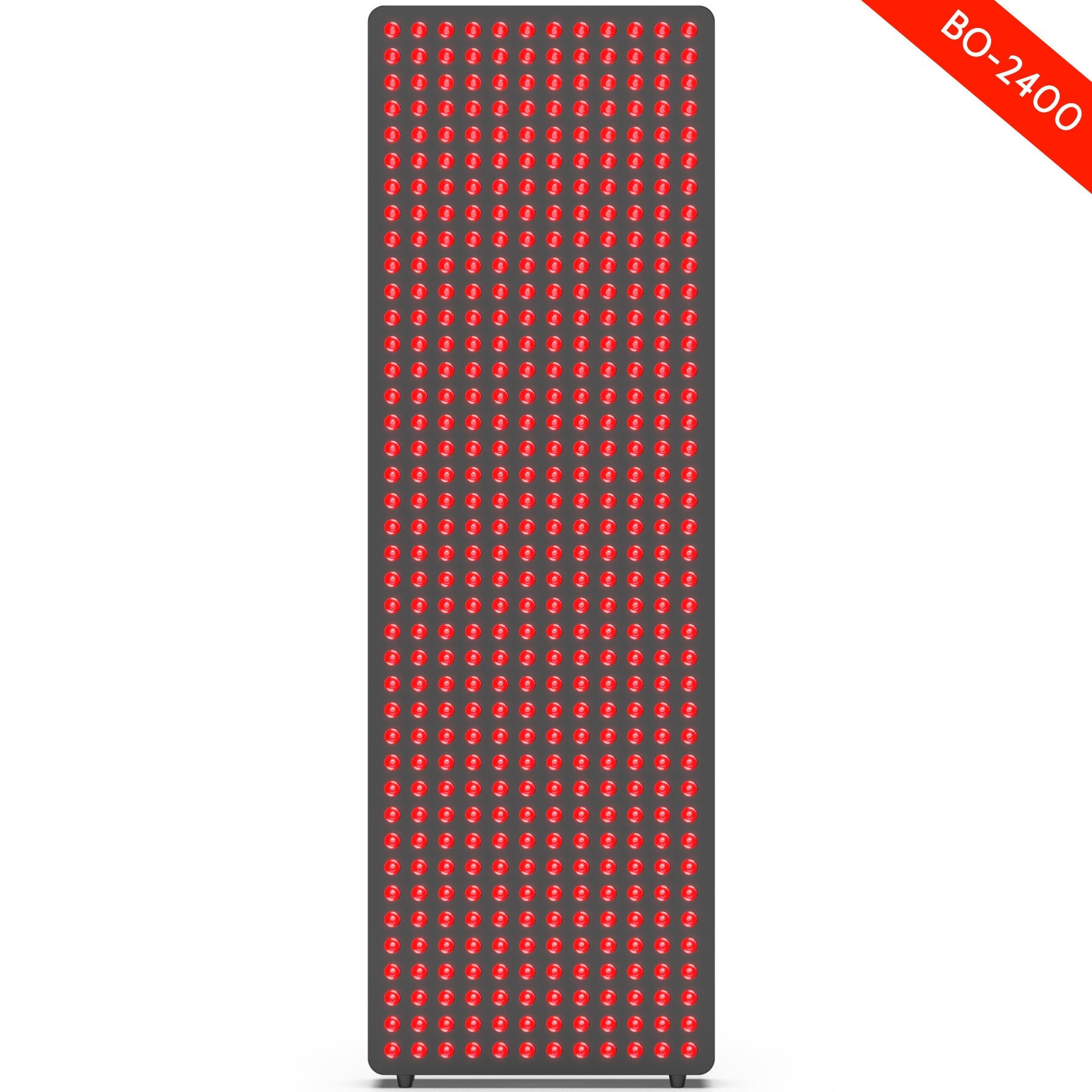

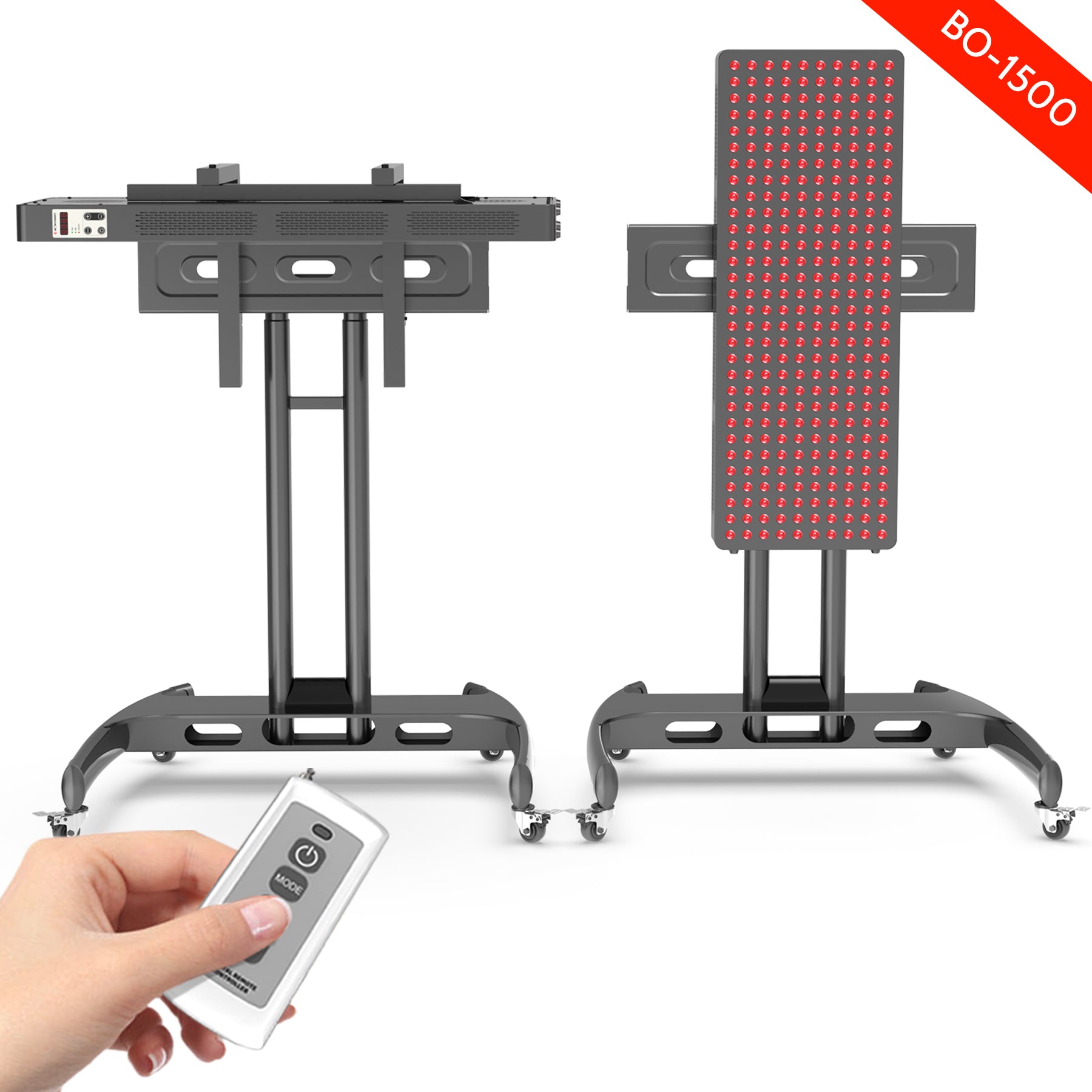
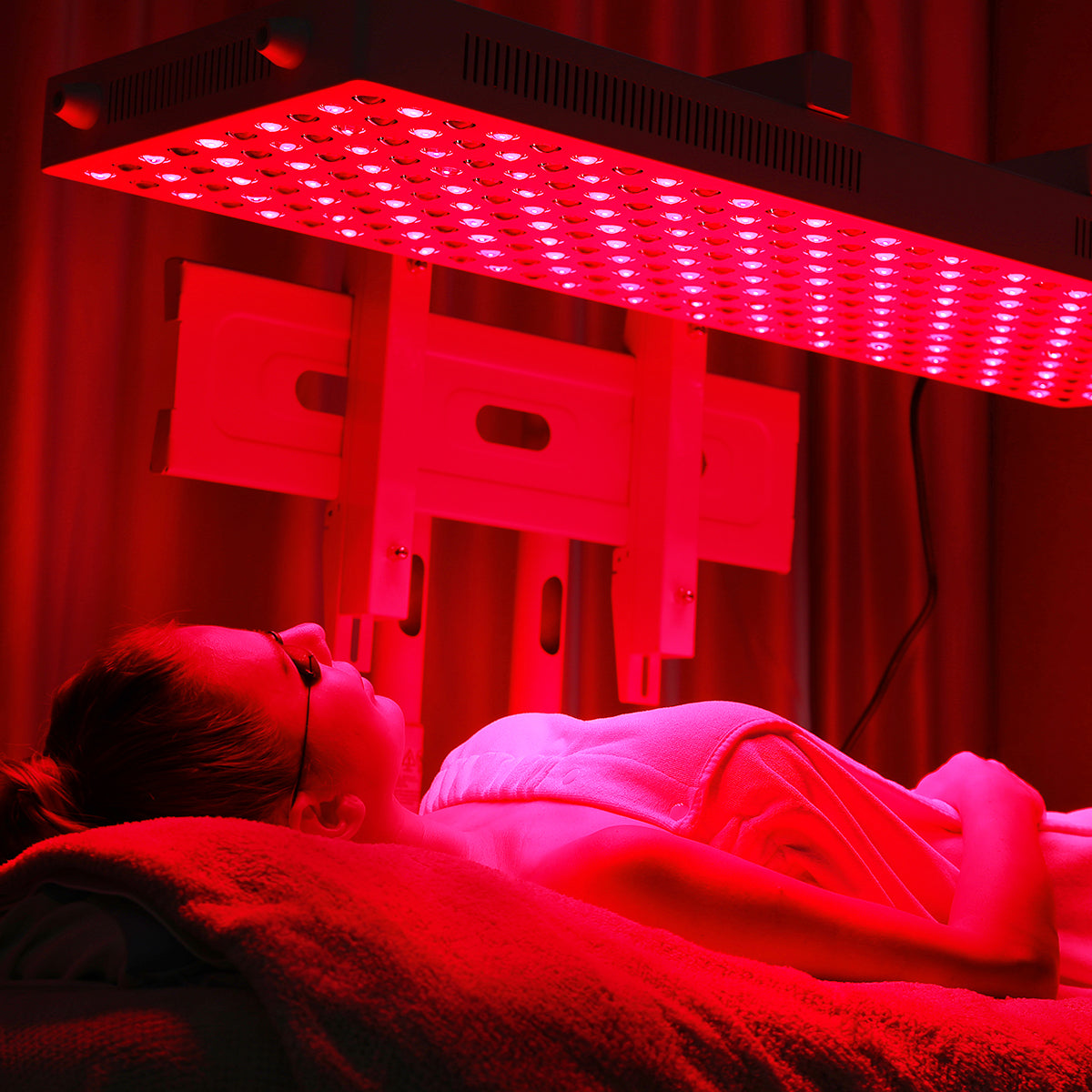
Leave a comment
This site is protected by hCaptcha and the hCaptcha Privacy Policy and Terms of Service apply.